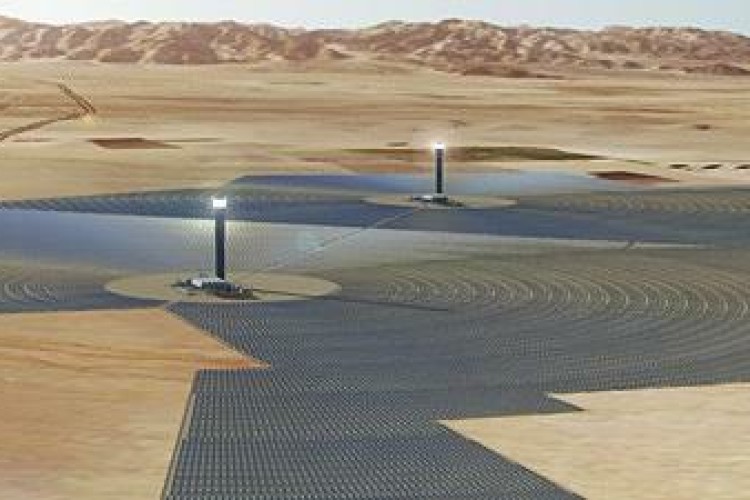They will develop, build and operate the 500MW Palen solar complex in California.
Abengoa will build the plants as the engineering, procurement and construction contractor, and will lead the operation and maintenance (O&M) of the plants once online. BrightSource will provide the solar field technology and plant design.
The Palen project consists of two 250MW units located in a Department of Interior solar energy zone in Riverside County, California. Together the plants will produce enough electricity to power 200,000 households and will prevent the emission of about 17 million tons of CO2 over its life cycle.
Construction is expected to begin at the end of 2013 and will create more than 2,000 jobs. The solar plants are expected to come online in 2016.

Solar power towers generate power the same way as traditional power plants – by creating high temperature steam to turn a turbine. At the heart of the system is a solar field design, optimisation software and a control system that allow for the creation of high-temperature steam. The steam is then integrated with conventional power plant turbines to produce energy.
The Palen site has already received authorization from the California Energy Commission (CEC) for construction and operation of a 500MW solar thermal project. Converting the project to solar power tower technology and low impact design will result in significantly less impacts than would have occurred under the original permits. The new design will reduce the project footprint by 13%, from 4,366 acres to approximately 3,800 acres, and use 50% less water by deploying a dry-cooling technology.
Each unit at Palen will feature a 750-foot tall tower that allows for a high concentration of heliostats. This design significantly reduces the amount of land required to produce energy - up to 33% less than a typical photovoltaic (PV) farm. Additionally, the design places mirrors on individual poles placed directly into the ground without concrete foundations, allowing the solar field to be built around the natural contours of the land, to retain native vegetation under the mirrors, and to avoid areas of sensitive vegetation.
Got a story? Email news@theconstructionindex.co.uk



